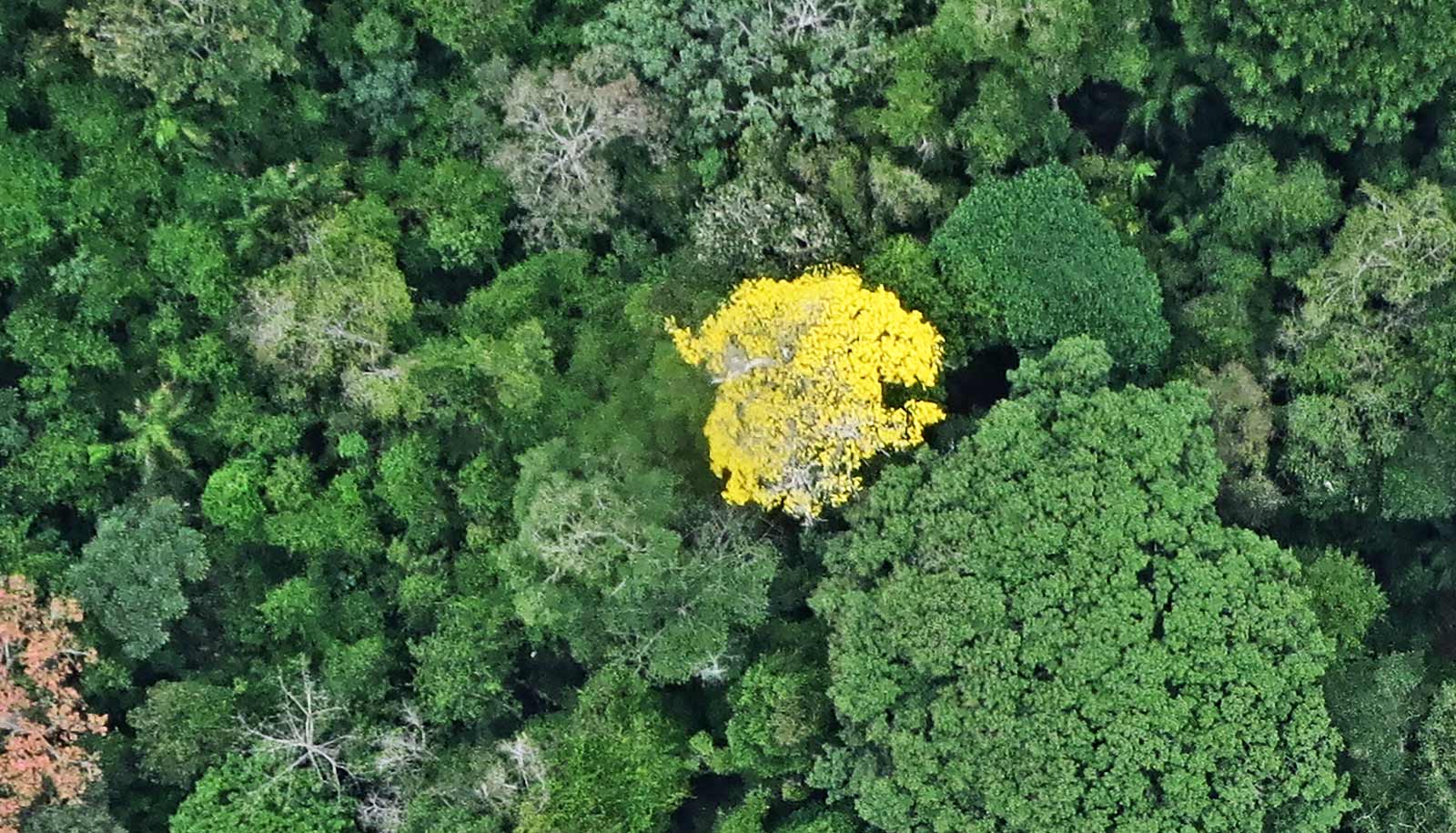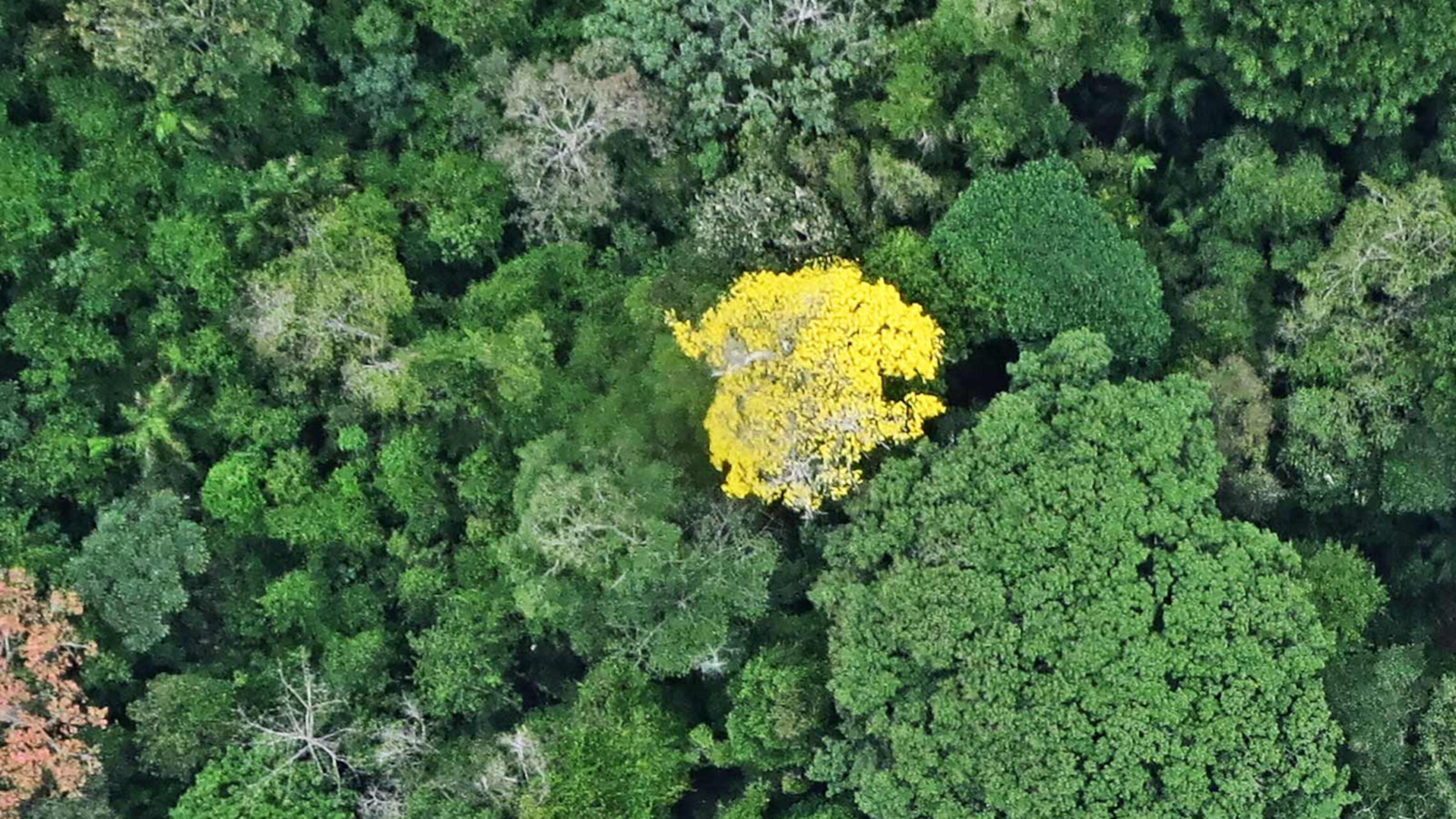In my one-to-one meetings with students, I ask them about their preferred approach to the discussion.
I offer two options. The first is about the tool that they wish to learn. This could be how to structure a paragraph. The second is about the mindset, or the attitude behind learning a tool. This refers to the way of thinking that encapsulates the learning process.
Visually, I allocate these two approaches on a tree and its roots. The tree crown, I explain, represents the tools. The tree roots are the mindset. I ask them – which would you like us to focus on in our discussion?
By far, all my students opted to discuss the roots – mindset. They want to dedicate one-to-one discussions to discover their own way of thinking. In short, they want to delve more into the “why” of matters rather than the “what” of things.
This approach represents a two-way system of curiosity unfolding during the discussion. On one level, I have a curiosity about the students’ own views on their academic work (i.e. course work, assignments, assessments, employability skills, etc.).
On the other level, students access a safe, constructive, and non-judgemental space to be curious about their own passions, stories, main line of arguments and areas of research.
So when we focus on the mindset, the discussion goes beyond the task of “meeting rubric criteria”.
It expands from a student-centred discussion to a person-centred conversation. Focusing on mindsets invites a reflective practice. It helps us to feel more connected to the self, and this can articulate our sense of resourcefulness.
So how can we invite more opportunities for these types of conversations? In my view, the answer lies in bringing our attention to the delicate but crucial distinction between originality and authenticity.
Here’s a question
In my discussions with students, am I primarily ranking the originality of their ideas or am I facilitating a safe space for them to tap into their own authentic voices?
If, for example, you observe the image below, what do you see in this photo? Do you think the yellow tree is original (first tree) or authentic? Or maybe even something else? Why? Would you say that every single tree in this image can be described as authentic? Why?
We might then argue that every new tree is not original, however, (necessarily) authentic.
At university, originality contributes to higher grades, and is hence linked to progression. But higher grades are not always guaranteed. In a way, then, progression involves navigating uncertainty, as expressed in not knowing what grades would be scored.
Originality could, therefore, invite excitement and anxiety. But windows of opportunity could also be points of pressure. If my work provides an incremental contribution to the existing debate, I have a reason and maybe even the drive, to pursue my ideas. But what if my work is deemed not original enough?
Beyond the comparative paradigm
The search for originality is embedded in the “competitive” paradigm. The spectrum of originality is based on comparing one idea hierarchically against another – this idea is more original than the other. So in an attempt to be original, we have one eye on our idea and another on the “other”.
While turning to the “other”, or what is already “out there” inspires us and enriches our learning experience, it might come at the account of distancing ourselves from our voice “inside here”. This is where authenticity-driven, person-centred conversations could help improve the sense of empowerment and resourcefulness for students.
Authenticity is about the inherent uniqueness of a given entity. If originality is the gateway to the ideas “out there”, authenticity is the gateway to our own effortless inclinations towards certain values and drivers – the inherent voice within each one of us.
Imagine that we are embarking on a trip that involves unknown numbers of bridges to cross. Some of these bridges will first need to be “fixed”. As we do not know for certain the exact kind of anticipated broken bridges, no amount of accumulated “tools” would guarantee fixing (and hence, crossing) those bridges.
Alternatively, we could work on creating an agile frame of mind, one that is creative and resourceful, so that when/if those bridges appear, we trust our ability to cross them. That is, we dedicate more effort to build trust in our authentic resourcefulness rather than accumulating a fixed set of pre-existing tools. Thus, same (broken) bridges could be crossed differently, reflecting the authentic solution created by each one of us.
In this regard, dare we look at originality not as the end goal, but as an unavoidable expression of authenticity?
If we do, then in higher education we have the duty to support our students to access and explore their own authentic voices. If we agree that originality is the (inescapable) expression of authenticity, might we argue that authenticity is the expression of curiosity about oneself?
Let us agree, for the sake of this discussion, that curiosity liberates the cat. In this case, supporting students to be curious about their own selves would be logical. Empowering students through self-curiosity helps them discover their own voices, and hence their journey to originality as an expression of their own inherent authenticity.
In the above paragraphs, I suggested that simple steps, such as one-to-one conversations, could make a big difference in the overall learning experience for students. This is a gentle invitation to take a simple step in our conversations with students to be a little more intentional to invite them to slow down and explore their own curiosities. This might add just a small fraction of joy to the academic tasks at university.














Great article! Very refreshing point of view.
Enjoyed this piece. I like the focus on person-centred rather than student-centred. My whole approach is to create an environment where there is meaningful dialogue. With good dialogue you can have effective feedback. And giving and receiving quality feedback is how humans learn best I think.
VERY fruifull veiw …it leads me automaticaly working for dicovering my deep curiosity …l liked the topic which is rarely read about it ..thanks a lot for sharing us your point of view ..I likes alsi how you simplified the ideas with simpke examples ( thr trees and the bridges ) …waiting for more publishings ..hopping to you prosperous futur
Very very interesting and lots of food for thought. I enjoyed the considerations around time to express voice. Many thanks.
I so agree with the author. I, too, have always taken the approach to slow down (nervous and stressed) students and encourage them to talk first (collect their thoughts/ explain themselves and their tasks) to me, the non-specialist. Recently, I have taken up sketch-noting, visual notetaking, and I am trying to incorporate this into my 1:1 sessions. And here, again, we have a wonderful example of this – the tree canopy and tree roots. Thanks, Hadir, for these insightful thoughts that summarise a successful approach to student development sessions.